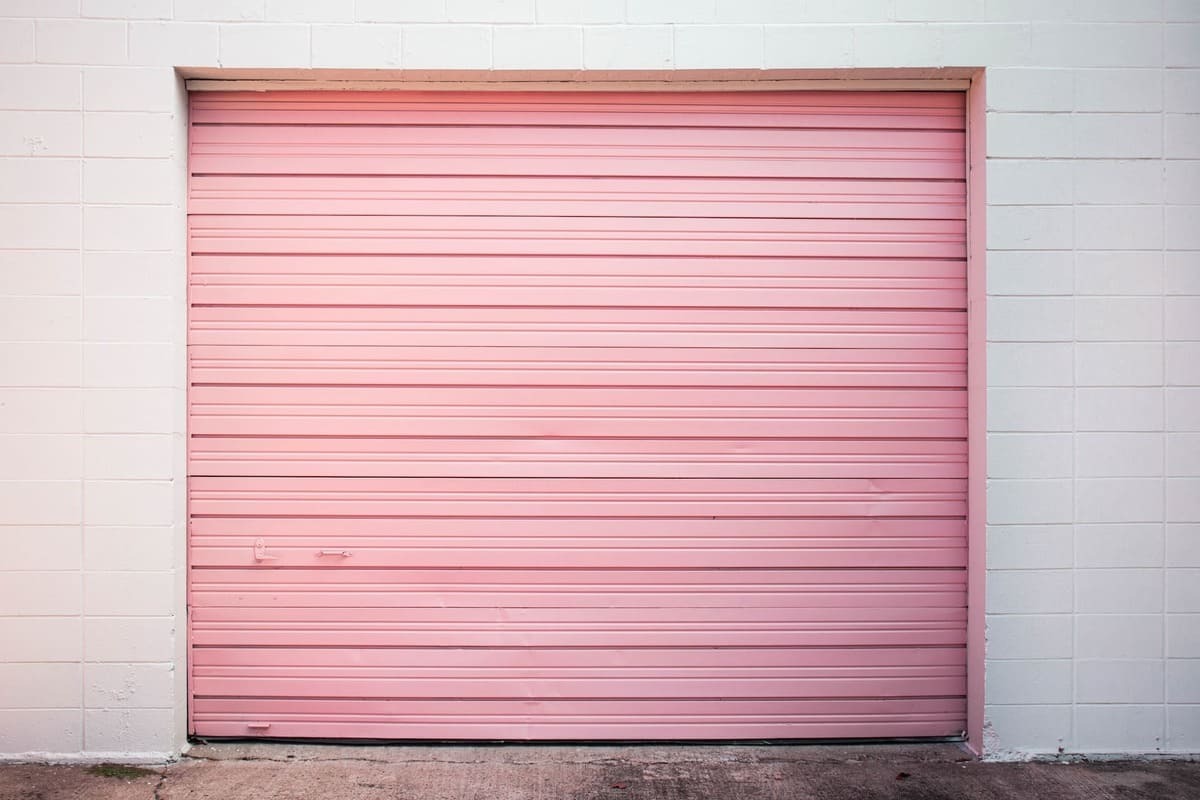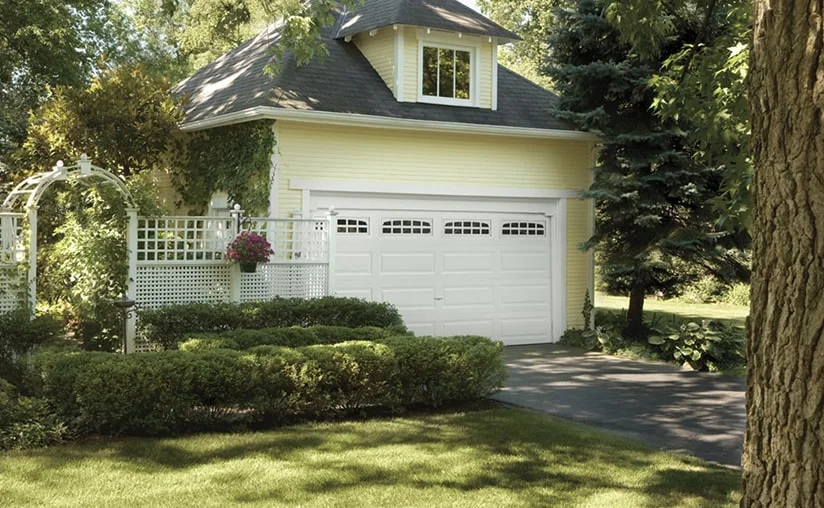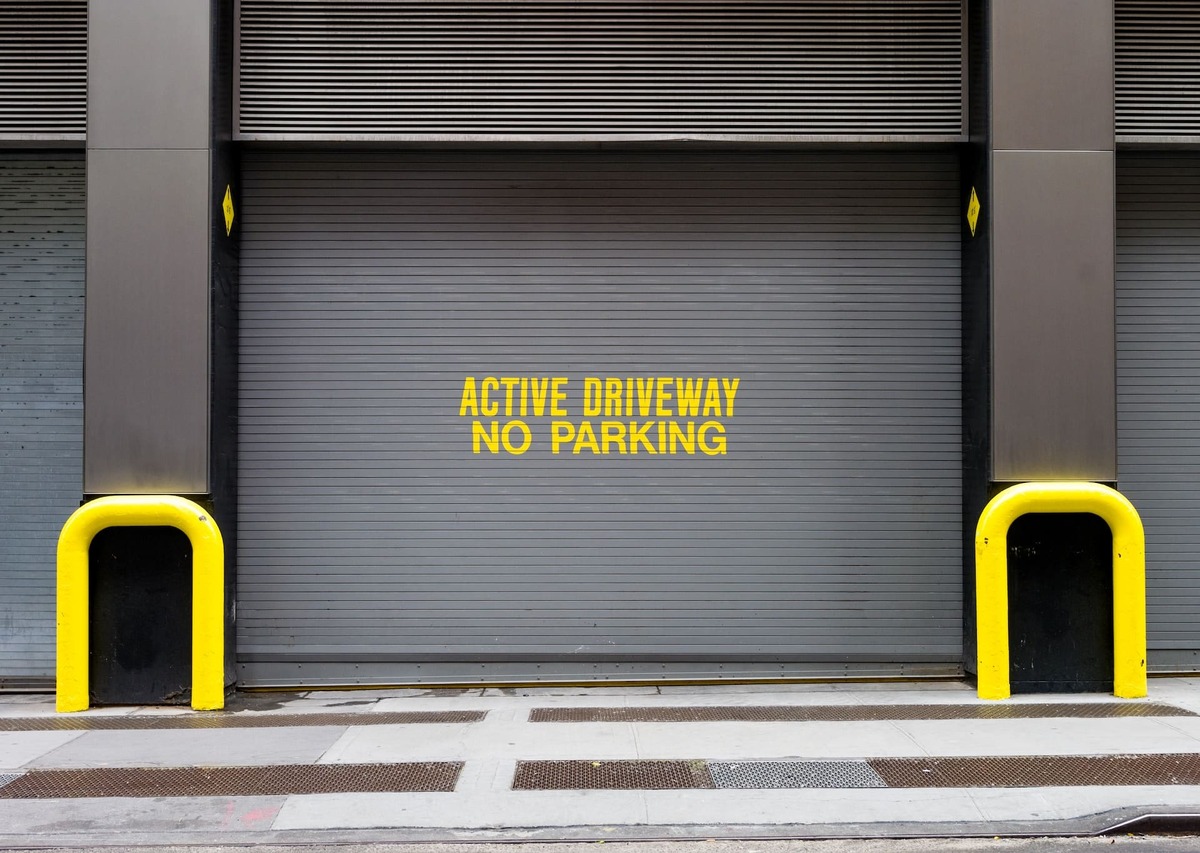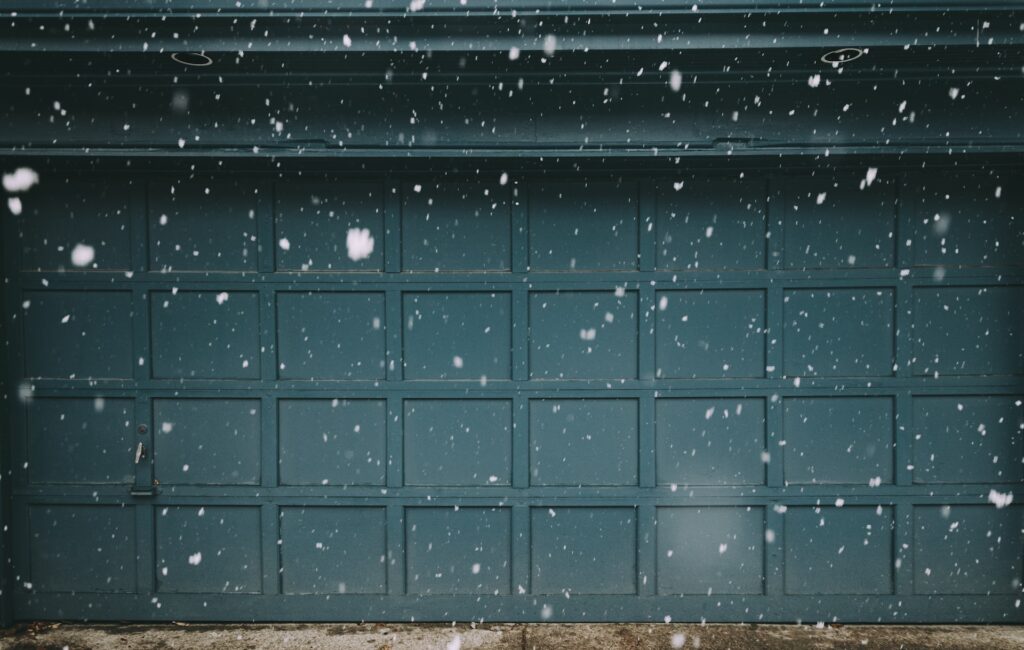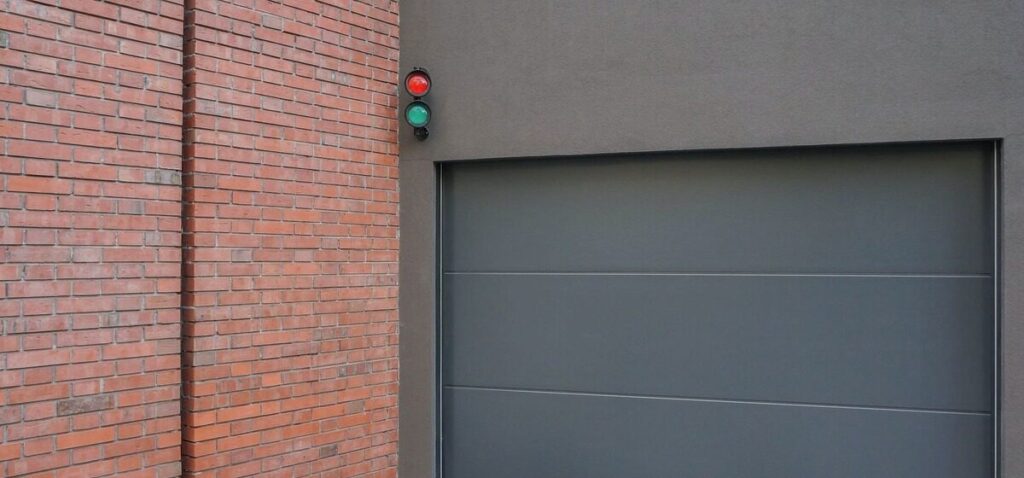Garage doors are heavy and powerful objects that can pose safety risks if not properly managed. To ensure the safety of individuals and property, modern garage doors are equipped with essential safety features. Two critical safety features found in most garage door systems are photo-eye sensors and auto-reverse functionality. In this article, we will delve into the details of these safety features, their importance, and how they work to protect you and your loved ones.

Importance of Garage Door Safety
Garage door accidents can result in severe injuries and property damage. Therefore, understanding and utilizing the safety features provided is crucial. Garage door safety features are designed to prevent entrapment, protect against accidental closing on objects or people, and enhance overall safety during operation. Let’s explore two essential safety features in detail: photo-eye sensors and auto-reverse functionality.
Photo-Eye Sensors: How They Work
Photo-eye sensors are an integral part of modern garage door systems. These sensors are typically installed near the base of the garage door, on either side of the opening. The sensors work by projecting an invisible beam of light across the doorway. If this beam is interrupted while the door is closing, the sensors send a signal to the garage door opener, causing the door to stop and reverse its direction.
The photo-eye sensors consist of two components: a transmitting unit and a receiving unit. The transmitting unit emits the infrared beam, while the receiving unit detects the presence of the beam. When the beam is interrupted by an object or person, the receiving unit sends a signal to the opener to halt the door’s movement.
Auto-Reverse Functionality
Auto-reverse functionality is another essential safety feature found in modern garage door systems. This feature ensures that if the garage door encounters an obstruction while closing, it will automatically reverse its direction and return to the open position. The purpose of auto-reverse is to prevent the door from closing on objects, pets, or people, reducing the risk of injury or damage.
There are two primary types of auto-reverse mechanisms:
Mechanical Auto-Reverse
Mechanical auto-reverse systems use physical contact to detect obstructions. When the garage door comes into contact with an object while closing, it exerts pressure on the object, triggering a reversal of the door’s direction. This mechanism is typically equipped with resistance-sensitive features that detect the pressure applied when an object obstructs the door’s path.
Photoelectric Auto-Reverse
Photoelectric auto-reverse systems work in conjunction with photo-eye sensors. If an object interrupts the beam emitted by the sensors while the door is closing, the system recognizes the obstruction and immediately initiates a reversal of the door’s movement. This provides an additional layer of safety by detecting objects that may not necessarily come into direct contact with the door.

Regular Maintenance and Testing
To ensure the continued effectiveness of garage door safety features, regular maintenance and testing are essential. Here are some important maintenance practices:
- Keep the photo-eye sensors clean and free from dirt, dust, or debris.
- Periodically check the alignment of the sensors and adjust them if necessary.
- Test the auto-reverse functionality by placing a small object, such as a block of wood, in the door’s path. The door should reverse upon contact with the object.
- Lubricate the moving parts of the garage door regularly to maintain smooth operation.
It’s important to consult the manufacturer’s guidelines for specific maintenance instructions and recommended testing intervals.
Conclusion
Garage door safety features, such as photo-eye sensors and auto-reverse functionality, are critical for preventing accidents and ensuring the well-being of individuals and property. Photo-eye sensors detect obstructions in the door’s path, causing it to stop and reverse its movement. Auto-reverse functionality ensures that the door reverses its direction if it encounters an object while closing. Regular maintenance and testing of these safety features are essential to ensure their proper functioning. By understanding and utilizing these safety features, you can enhance the safety and security of your garage door system, providing peace of mind for you and your family.


